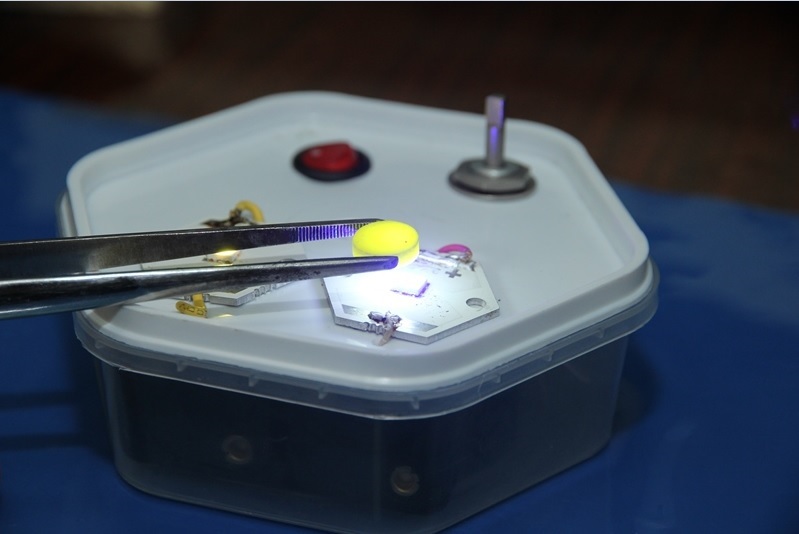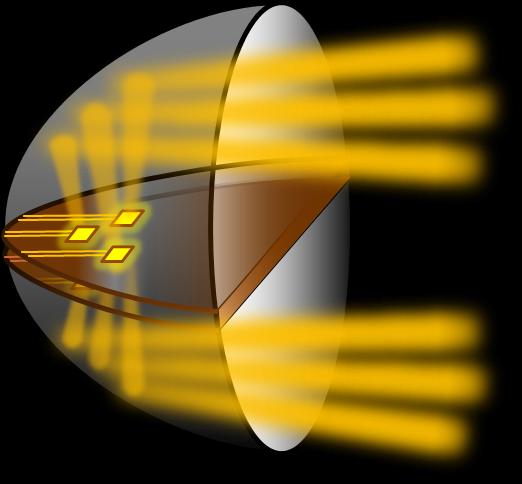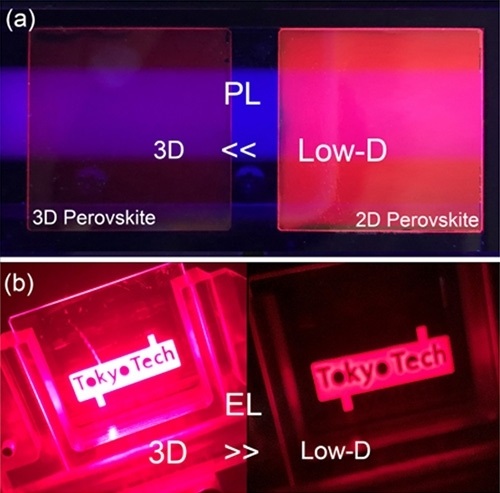13 September 2017
A technology for obtaining luminescent ceramics which may become a cheaper alternative to modern light sources is being developed by scientists of Tomsk Polytechnic University. In the future this kind of ceramics can replace LEDs; its application will make it possible to significantly reduce the cost of production of automobile headlights and other light sources. Another advantage of luminescent ceramics is higher strength due to which ceramic material products will be more durable.
A research team from the Department of Nanomaterials and Nanotechnology and TPU Nano-Center under the supervision of Professor Oleg Khasanov develops luminescent ceramics. Research is conducted together with the Department of Lasers and Lighting Engineering.
In automobile industry new ceramics can be applied in different lighting devices, for example, in car headlights, and lights for urban and holiday illumination.
TPU scientists obtain various types of nanoceramics, i.e. luminescent and transparent ceramics, on a spark-plasma sintering unit (SPS) for powder materials. Ceramic powder is placed in a special mold which is conductive and capable to withstand high temperatures and pressure casting. After that, the powder is heated by impulse current at the required temperature and simultaneously compressed. Therefore, sintering lasts quickly.
Light sources made of luminescent ceramics will also feature higher strength. That means, the light sources will last much longer and they will be more difficult to damage.
TPU scientists note that nowadays ceramics is applied in various fields: electronics, radioelectronics, defense industry, oil & gas, nuclear industry, aerospace, automobile, as well as in power engineering and medicine and many other fields. Ceramic materials have an advanced set of operational properties: a wide range of applications (from space cold to plasma temperature in rocket engine nozzles), determined strength and electrophysical properties.
Research on the development of the technology for transparent and luminescent ceramics is supported by the Russian Science Foundation (grant № 17-13-01233) and the Russian Foundation for Basic Research (grant № 16-08-00831).















